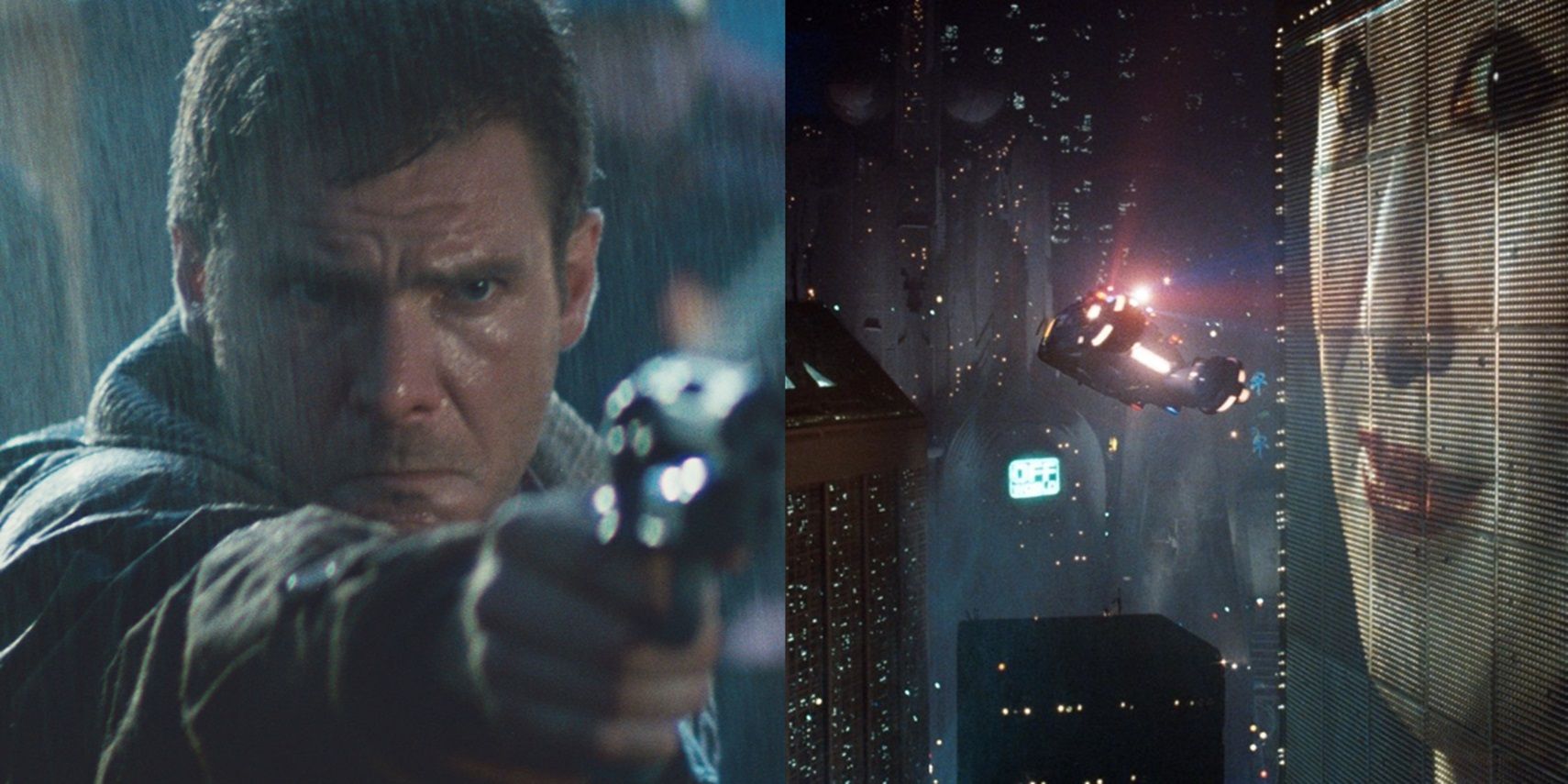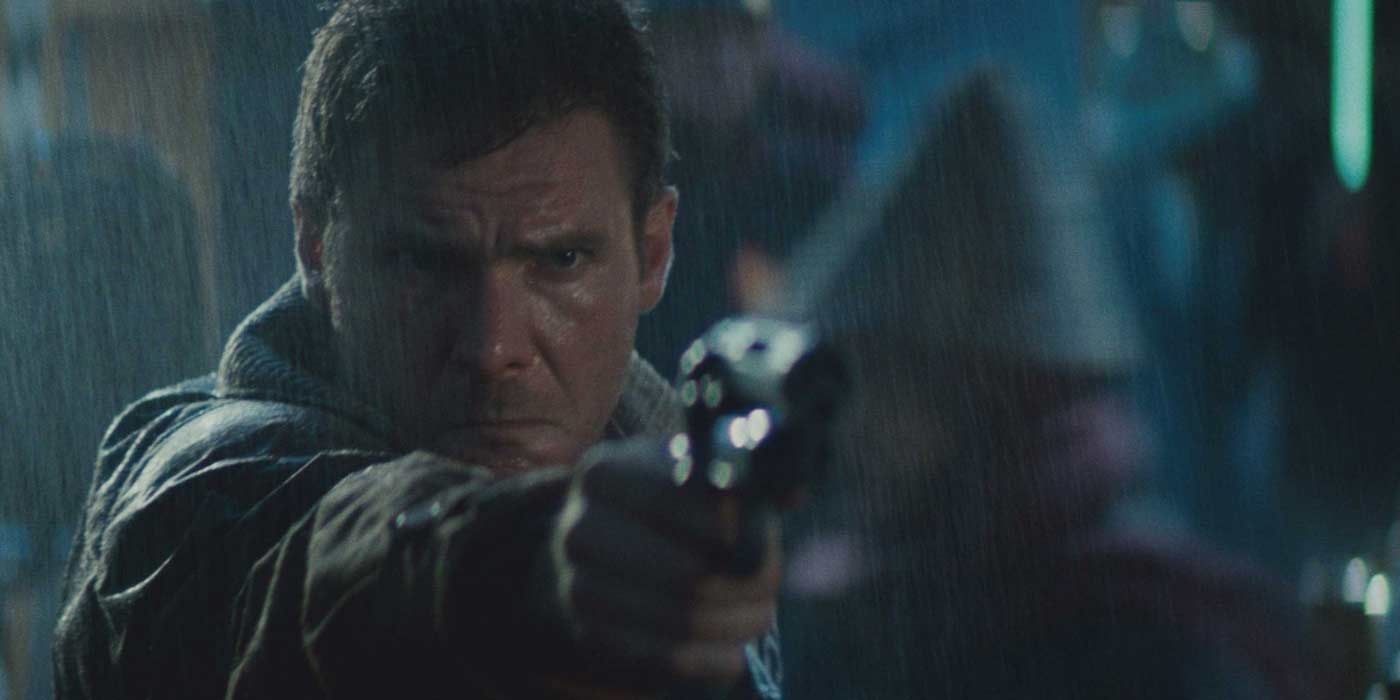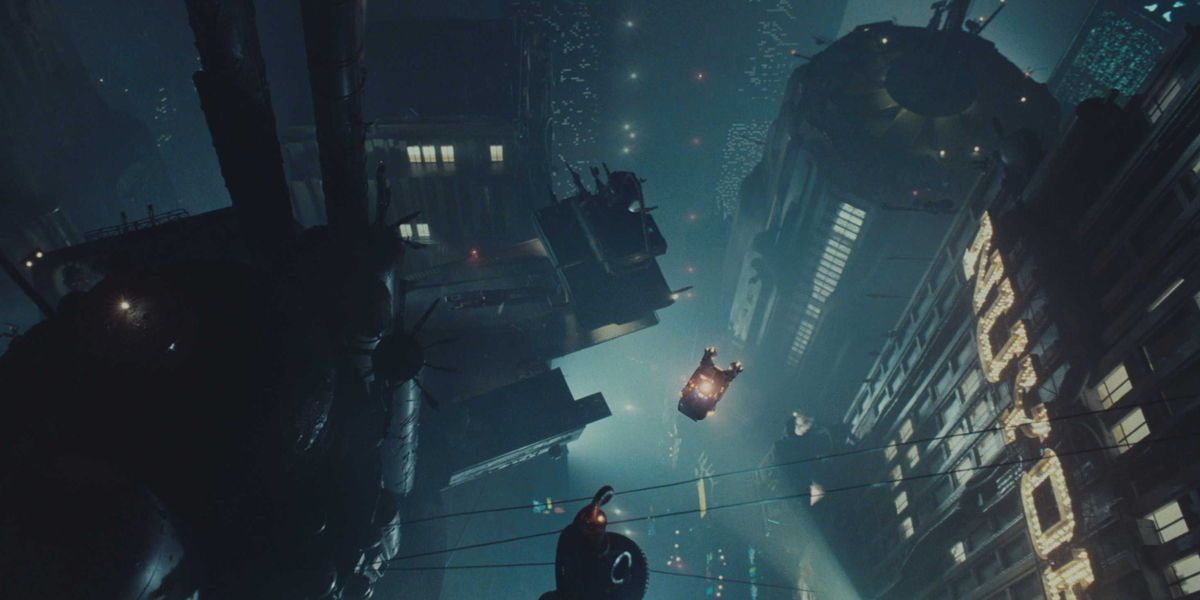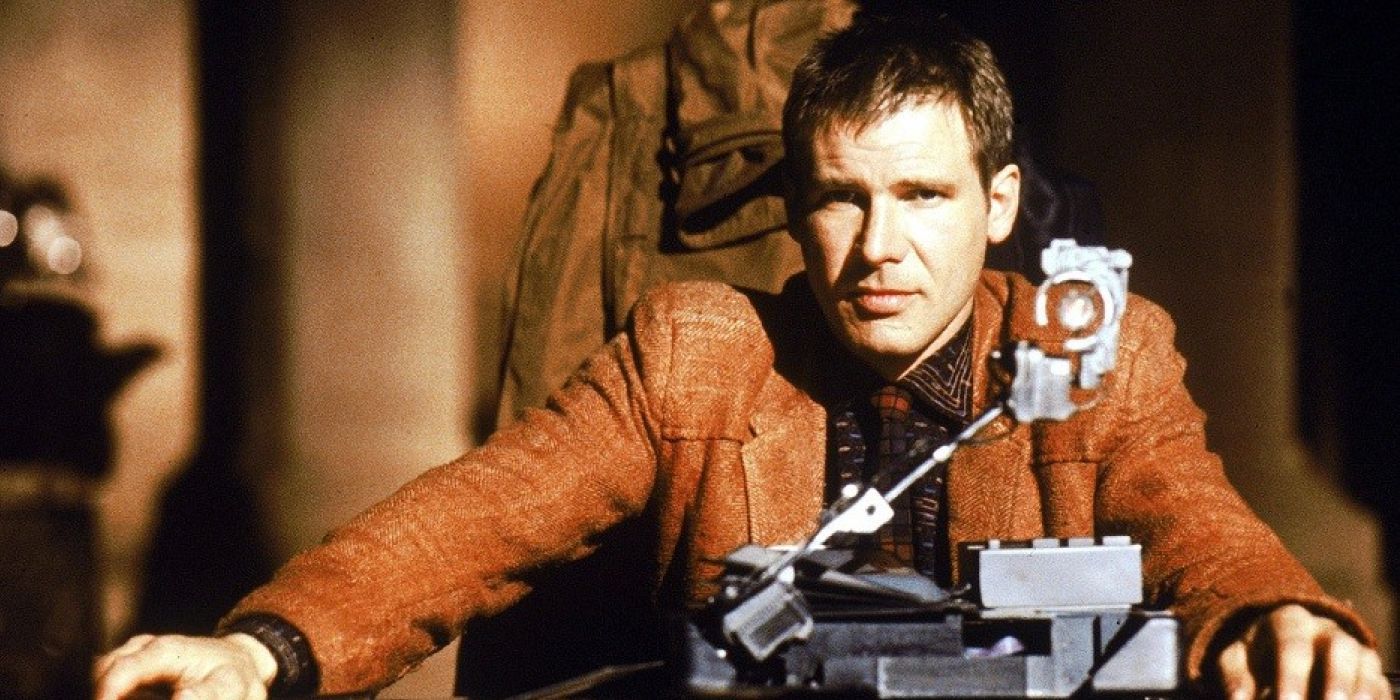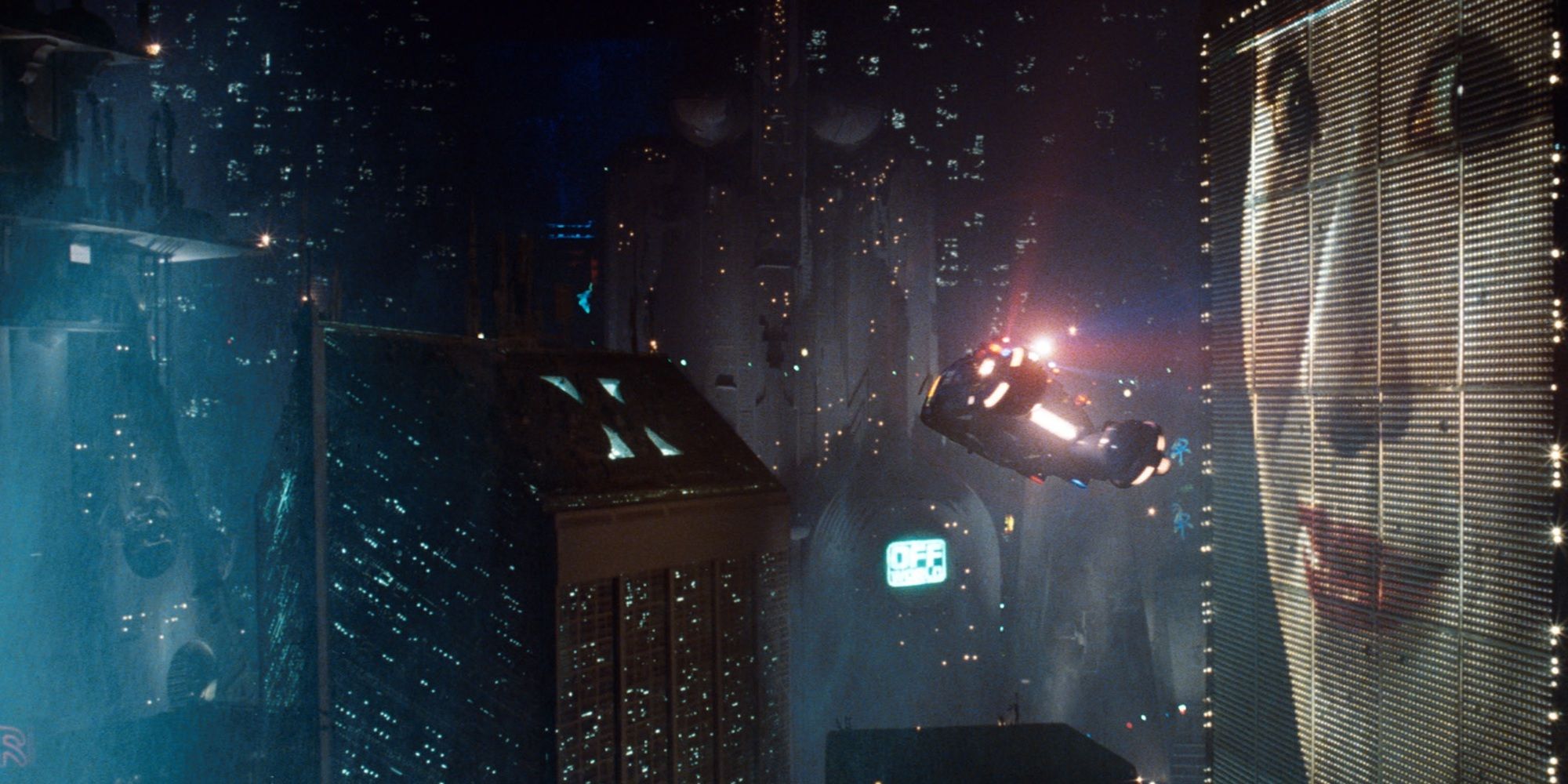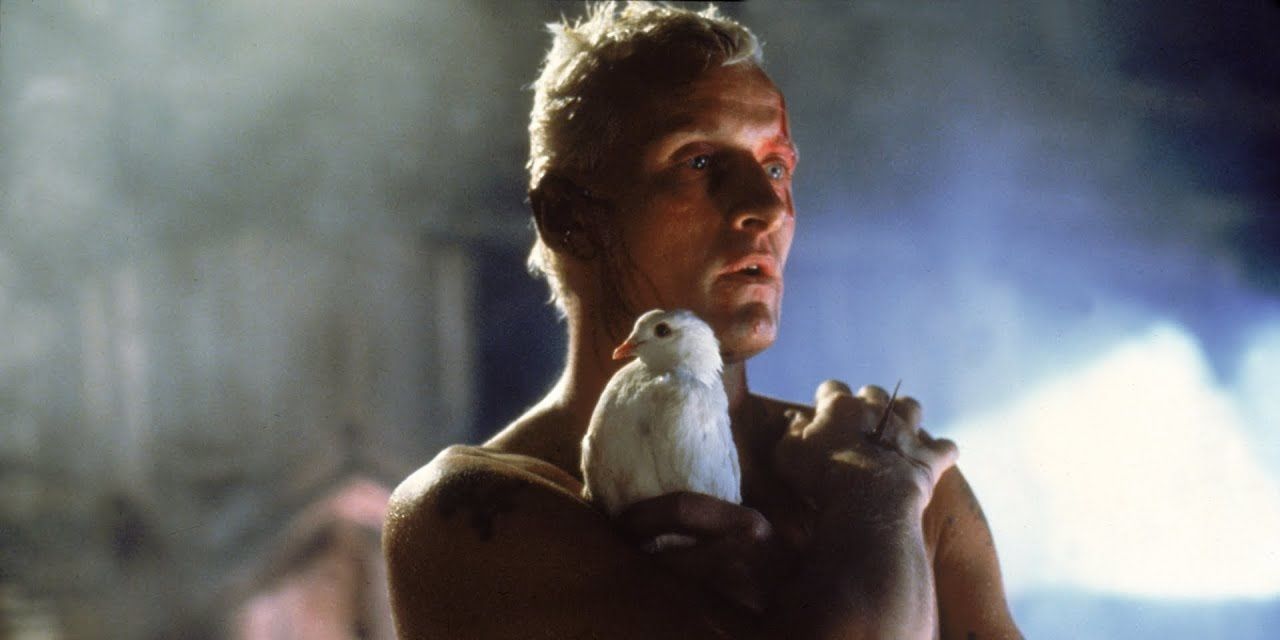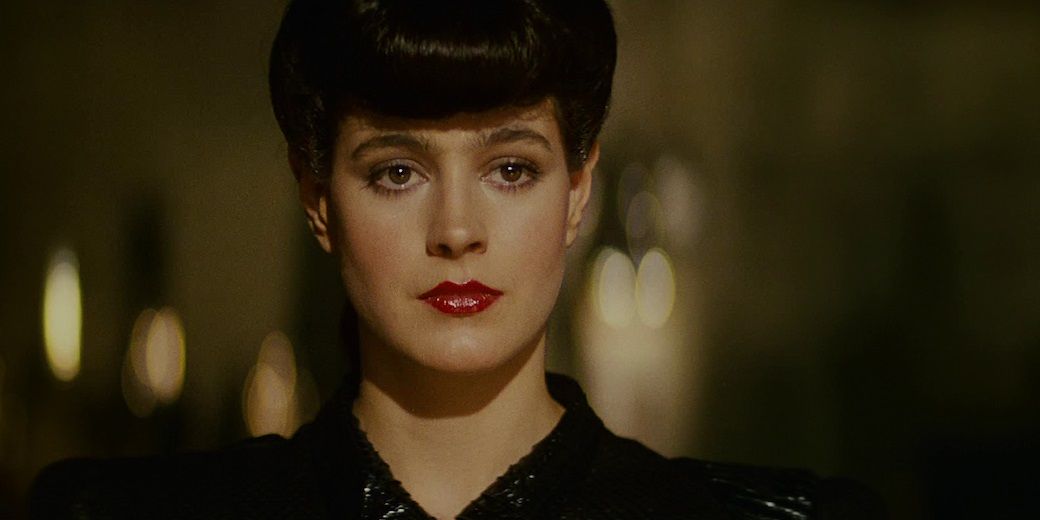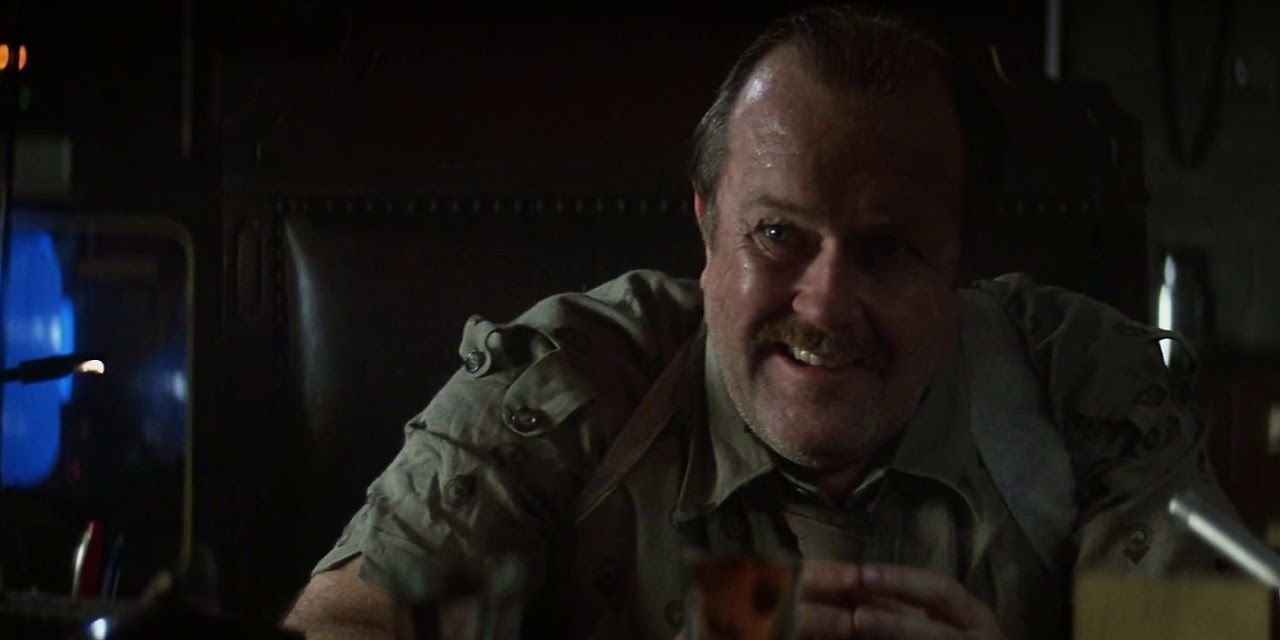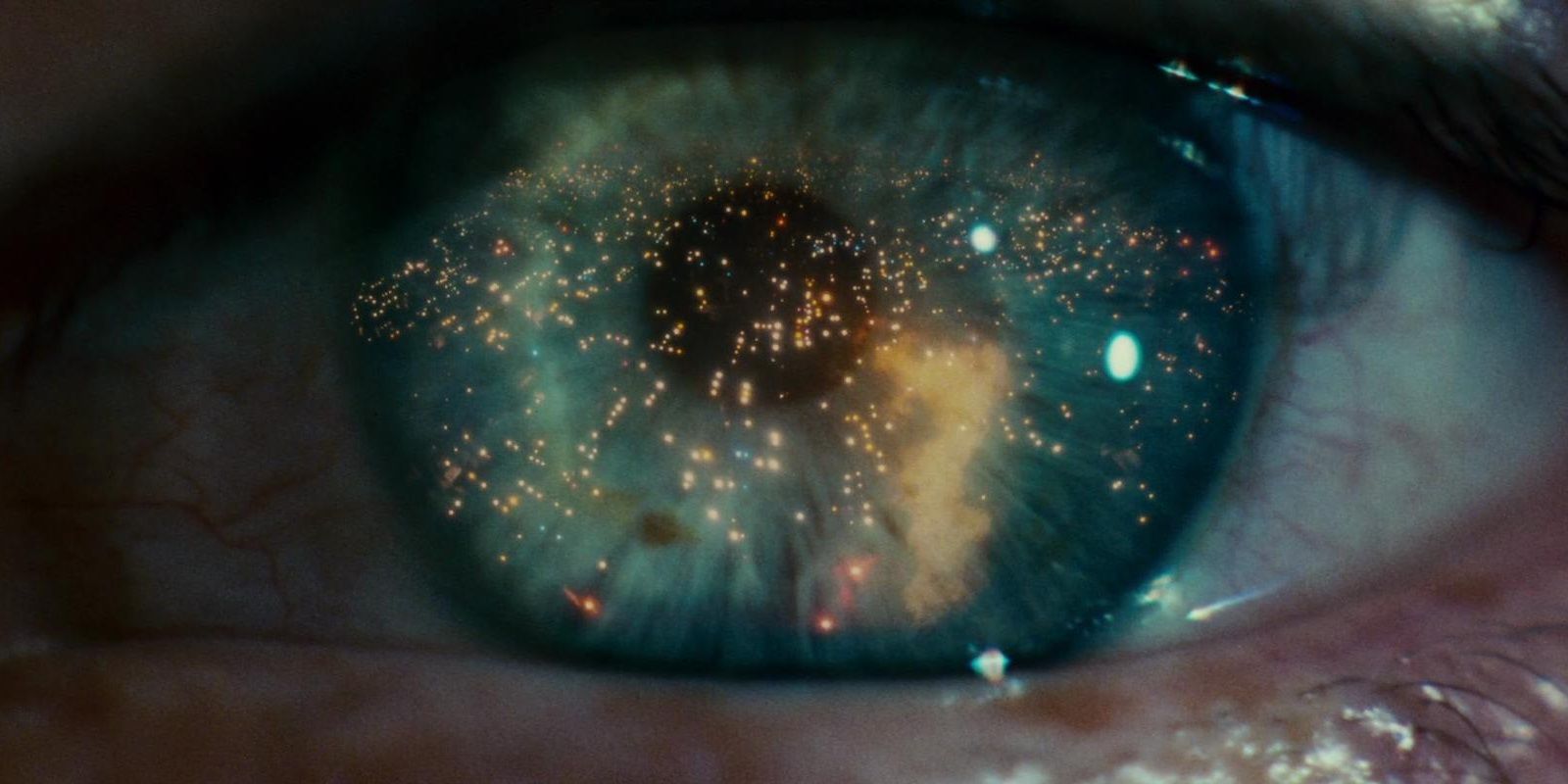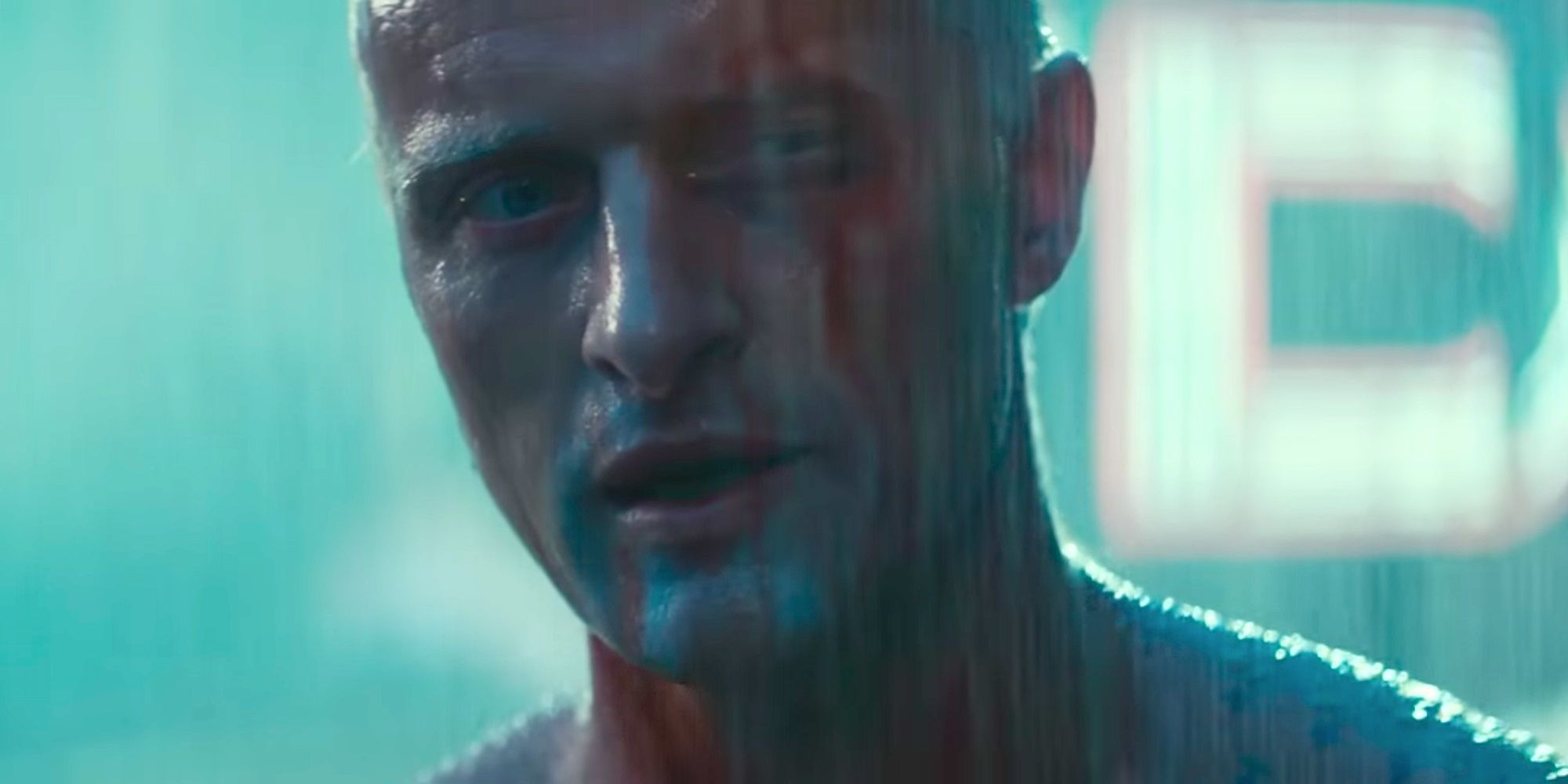Adapted from Philip K. Dick’s Do Androids Dream of Electric Sheep?, Ridley Scott’s sci-fi noir Blade Runner wasn’t appreciated by contemporary critics or moviegoers, but it’s since been venerated as a cult classic and re-evaluated as one of the greatest science fiction movies ever made.
After all these years, Blade Runner is still just as breathtaking and mind-boggling today as it was back in 1982. From Scott’s gonzo vision of a futuristic Los Angeles to Harrison Ford’s gruff portrayal of a hard-boiled detective tasked with tracking down sentient robots, these are the elements that make it such a timeless gem.
Harrison Ford’s Hard-Boiled Turn As Rick Deckard
While Harrison Ford’s most iconic roles will always be Han Solo and Indiana Jones, his Blade Runner antihero Rick Deckard is a strong contender for third place.
Ford was the perfect actor to channel the gruff charisma that stars like Humphrey Bogart and Robert Mitchum brought to classic film noirs. It’s a quintessential portrait of a hard-drinking hard-boiled detective; he’s just placed in a near-future setting.
Ridley Scott’s Dystopian Vision Of Futuristic L.A.
Apart from the fact that it’s supposed to be 2019, Ridley Scott’s mind-bending dystopian vision of futuristic L.A. still holds up today. Scott’s dark, shadowy, space-age L.A. matches John Milton’s depiction of Hell in his seminal epic poem Paradise Lost.
From the opening shot of a smog-ridden skyline filled with bursts of flame from industrial pipes, Scott establishes a uniquely bleak, foreboding look at the future.
Film Noir Tropes In A Sci-Fi Setting
Blade Runner was one of the earliest neo-noirs. Scott put a sci-fi twist on a bunch of familiar tropes of film noir: urban decay in the future, a femme fatale who’s a robot, the oft-used Bradbury Building location dressed up as a derelict remnant of the past, etc.
Roman Polanski’s Chinatown is credited with creating the neo-noir subgenre, but Blade Runner was the first movie to transplant the tropes of film noir into a sci-fi setting (and remains the greatest entry in the sub-subgenre it pioneered).
The Patient Pacing
The slow pacing of Blade Runner’s storytelling was a negative point in many contemporary reviews, but Scott’s patience with the progression of the narrative is what makes the worldbuilding so immersive.
Scott’s slower pacing strikes a cerebral tone and gives the audience plenty of time to bask in the thought-provoking themes and sumptuous high-tech visuals.
The Religious Symbolism
Blade Runner is rife with religious symbolism, particularly in the Roy Batty character, and it works beautifully. Since the replicants are manufactured beings with superpowers who “fall from the heavens” (a.k.a. the off-world colonies), they can be seen to represent fallen angels.
Batty is eerily similar to Lucifer himself – he even says he’d rather “reign in Hell” (a.k.a. Earth) than “serve in Heaven” – but he turns himself into a Christ figure before his death by driving a nail through his hand. After he dies, a dove represents his soul ascending to Heaven.
Rachael’s Complex Characterization
Sean Young’s robotic love interest Rachael is introduced as a classic femme fatale with shaky morals and unclear allegiances. But Scott subverts the expectations of femme fatales with more complex characterization.
As the story unfolds and the replicants are revealed to be more tragic figures, Rachael turns out to be a misunderstood victim. Deckard decides to spare her life and even falls for her.
The Cautionary Message About A.I. Becoming Sentient
Most movies about artificial intelligence, from 2001 to The Terminator, warn audiences that A.I. could become sentient and turn on humans. As A.I. technology advances in the real world, these fears are only becoming more relevant with time.
Blade Runner’s cautionary message about enslaved androids turning against their makers holds up in the literal sense, as well as being a broader critique of the amorality of slavery.
Vangelis’ Otherworldly Score
While Scott’s visuals go a long way, a big part of the unique tone of Blade Runner is the surreal soundscape provided by Vangelis’ otherworldly musical score.
Vangelis captures the movie’s noir influences by including saxophones on the soundtrack, but also has plenty of synthesizers for that distinctive futuristic sound.
Roy Batty’s “Tears In Rain” Monologue
According to Radio Times, Rutger Hauer was unhappy with how his climactic monologue was written in the script, so he changed it himself. He left a couple of lines as scripted, but rewrote the rest.
Hauer’s beautifully poetic altered version of Roy Batty’s “like tears in rain” speech has since become one of the most iconic monologues in movie history. It’s also viewed by many fans as the defining moment of Hauer’s storied acting career.
The Ambiguity Surrounding Deckard’s Identity
In the first act of Blade Runner, Rick Deckard is a presumed human who’s tasked with tracking down escaped replicants. However, as he learns more about how the replicants are programmed, he begins to suspect that he is one. Since Ridley Scott leaves this mystery open-ended, it’s sparked endless fan discussion.
Kudos to Denis Villeneuve for avoiding the easy option of confirming an answer to the Deckard identity question in the belated 2017 Blade Runner sequel and instead leaving the original movie’s ambiguity intact.

